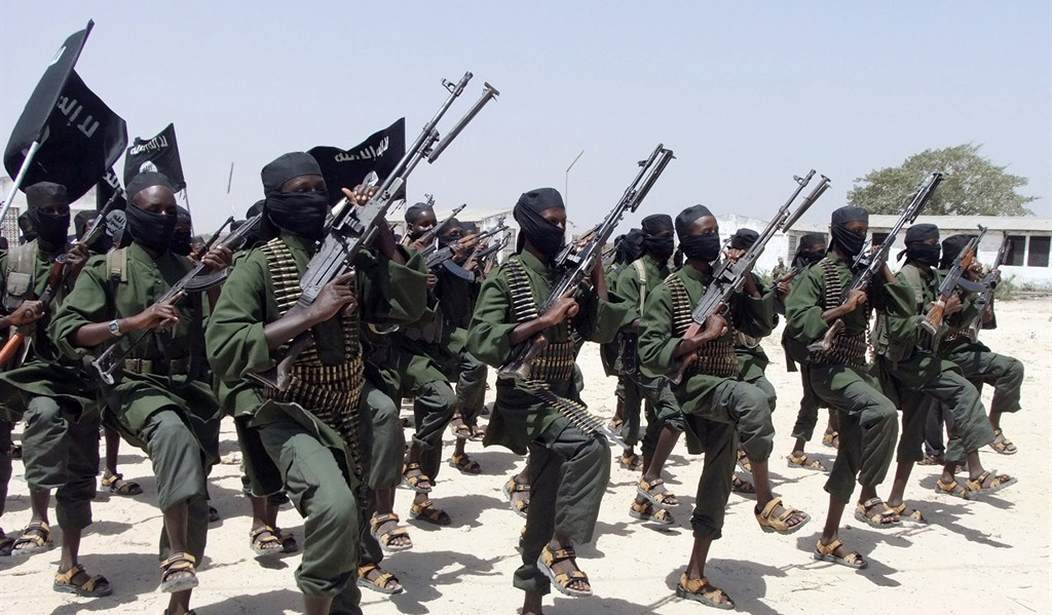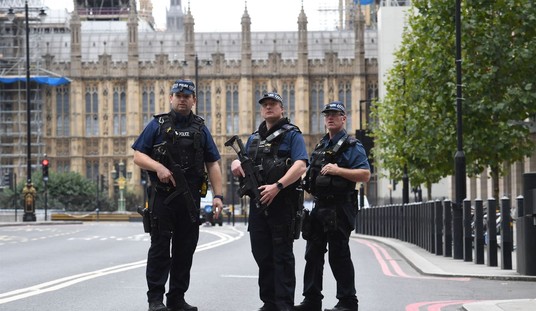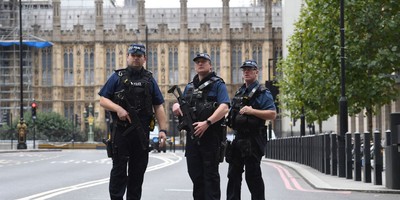They once held one of the largest swaths of territory for al-Qaeda, roughly the size of Denmark, in Somalia. Now, in recent years, Al-Shabab finds itself hammered by the Obama administration and the African Union. Yet, it’s a franchise that isn’t dying. According to The New York Times, while Shabab has lost thousands of men, their ports, cities, and most of their territory, they learned to adapt; we saw their latest manifestation in the horrific shooting at the Garissa University College last week. Over 140 students, mostly Christians, were killed. Right now, experts believe Shabab’s mass killings are aimed to show their terrorist colleagues that they’re still relevant. Reportedly, ISIS and Shabab are fighting over new recruits. What is certain is that the strategy to defeat them isn’t working against an expert guerilla force that often lives off the land while traveling from village to village (via NYT):
“I call it the dumbing down of terrorism,” said Matt Bryden, a researcher in Nairobi who has been working on Somalia for more than 20 years. “They keep it simple. They’re lightly armed, highly disciplined and relatively well trained.”“They’ve definitely lost some of their major revenue flows,” he added. “But they’ve managed to survive a lean season.”
Despite a major international military effort in recent years to retake Somalia and push the Shabab out of their strongholds, especially ports on the Somali coast, Shabab fighters are proving to be frighteningly resilient. As the Shabab have shown with their latest attacks, it is not all about territory. Analysts say they lead a grueling existence, moving constantly from threadbare village to threadbare village, living off the land in one of the poorest lands on earth. All the theories about how to stop them do not seem to be working.
…
In conventional military terms, the Shabab are losing. They have been routed from many areas, and are no longer able to rake in millions of dollars by shipping out mountains of charcoal or importing cars, as they did just a few years ago. Even in the small towns in Somalia they still control, Shabab fighters are not safe. They are relentlessly hunted — from above.
Their revered leader, Ahmed Abdi Godane, was killed last year in an American airstrike, and other Shabab agents have been killed by drones.
The American government has helped pay for an African Union stabilization force in Somalia, investing nearly $1 billion in this overall strategy. But Shabab attacks, as shown by the university massacre in Kenya, continue to grow in scope and ambition, raising the question: How exactly can they be stopped?
“It’s not an easy game,” said Stig Jarle Hansen, a Norwegian professor who has written a book about the Shabab. “You have to have a people-centric strategy. You have to bring security to the villages in Somalia and stop corruption within the Kenyan security services. I can’t tell you how many times I’ve heard over the past five or six years, ‘The Shabab is dying, the Shabab is dying.’
“The Shabab is not dying,” he said. “Case closed.”
…
From 2007-10, the Shabab steadily tightened their grip on Somalia, at one point controlling more territory than any other Al Qaeda franchise — a chunk the size of Denmark.
…
But Shabab commanders made the mistake of hubris, thinking they could defeat a much larger, better-armed African Union force in conventional warfare.
The Shabab lost hundreds of fighters in street battles in Mogadishu, the capital, in 2010. Many more defected. Analysts estimate that their army has dwindled to 3,000 fighters, at most, from about 7,000.
Recommended

A lof of their campaigns killed scores of Muslims, which drew the ire from al-Qaeda’s central command. So, they changed tactics, hitting the symbols of economic prosperity in Kenya, while letting Muslims go in order to kill only non-Muslims. Lastly, the appalling shooting at Garissa proves another thing: poverty generally doesn’t create terrorists. One of the gunmen at Garissa was the son of a local chieftain:
The countless civilians killed in Somalia were almost all Muslim (the country is almost exclusively Muslim), and the central leadership of Al Qaeda scolded the Shabab for slaughtering so many Muslims.So the Shabab did something they have always been good at: They changed. Now Shabab fighters sort their victims at gunpoint. They let Muslims go and tell Christians to lie down, eyes closed.
At the Westgate mall in Nairobi, Kenya, they asked shoppers questions about Islam to separate Muslims from non-Muslims. They did it again in the attacks at the Mandera quarry, shooting many Christian workers in the back of the head, at close range. And last week the Shabab spared Muslim students — most of the students at Garissa University College, where they struck, were from other parts of Kenya, the majority Christian.
…
Bronwyn Bruton, deputy director of the Africa Center of the Atlantic Council, a research institute in Washington, said she suspected the Shabab were “beginning to play with class distinctions.”
“Westgate and, to a lesser extent, Garissa University College are both enclaves of privilege in a country where youths, especially Muslim youths, are frustrated by the lack of economic opportunity,” she said. “Eventually, Shabab is going to have to find a way to connect with non-Somali Muslims.”
…
Mr. Bryden, the Nairobi researcher, said that the Shabab had made enormous strides in recruiting youths in Kenya, Tanzania, Uganda and Djibouti, and that many hardly fit the stereotype of marginalized or poor recruits.
On Sunday, Kenyan officials said that one of the gunmen from the attack on the university was a young, bright, privileged Kenyan who wore $200 suits and whose father was a local chief.
“The Shabab is becoming more decentralized,” Mr. Bryden said. “That makes it more resilient to decapitation strikes.”
Given the group’s evolution, the Obama administration fears al-Shabab may launch an attack on American soil.

























Join the conversation as a VIP Member